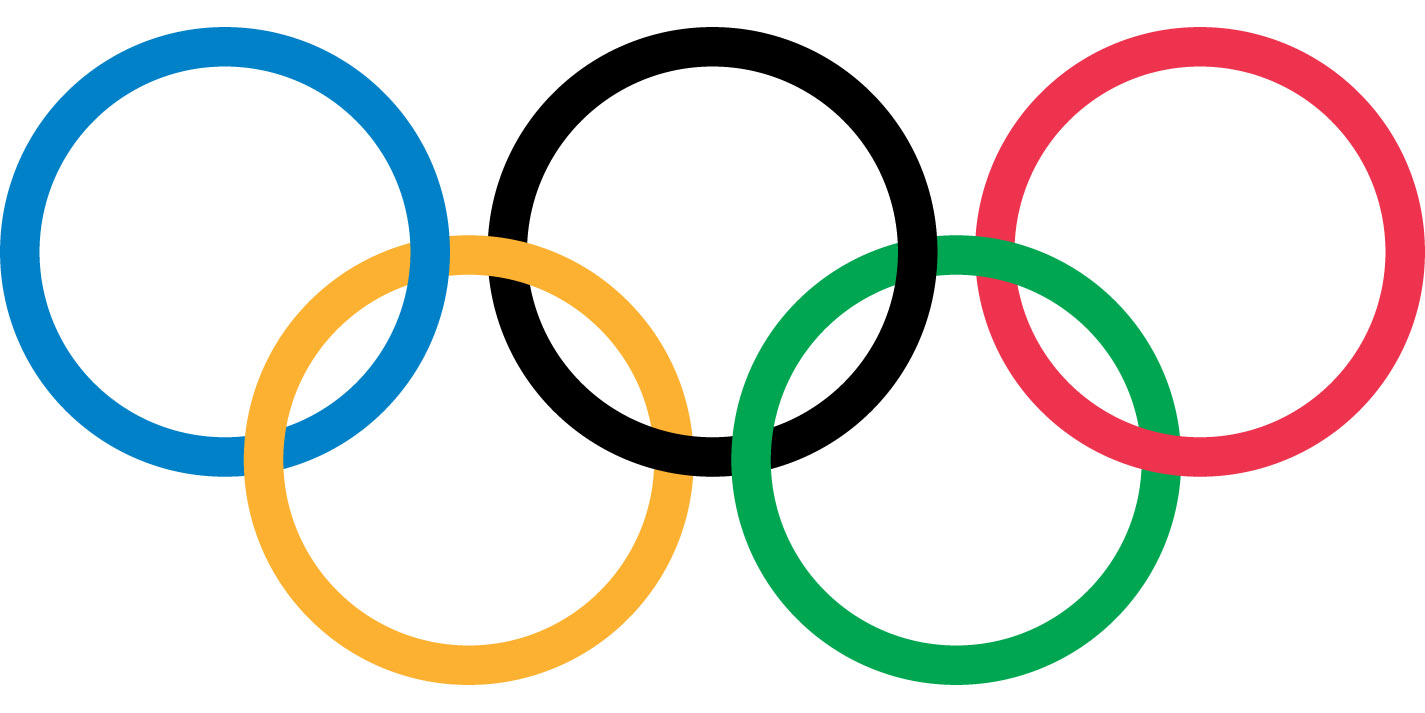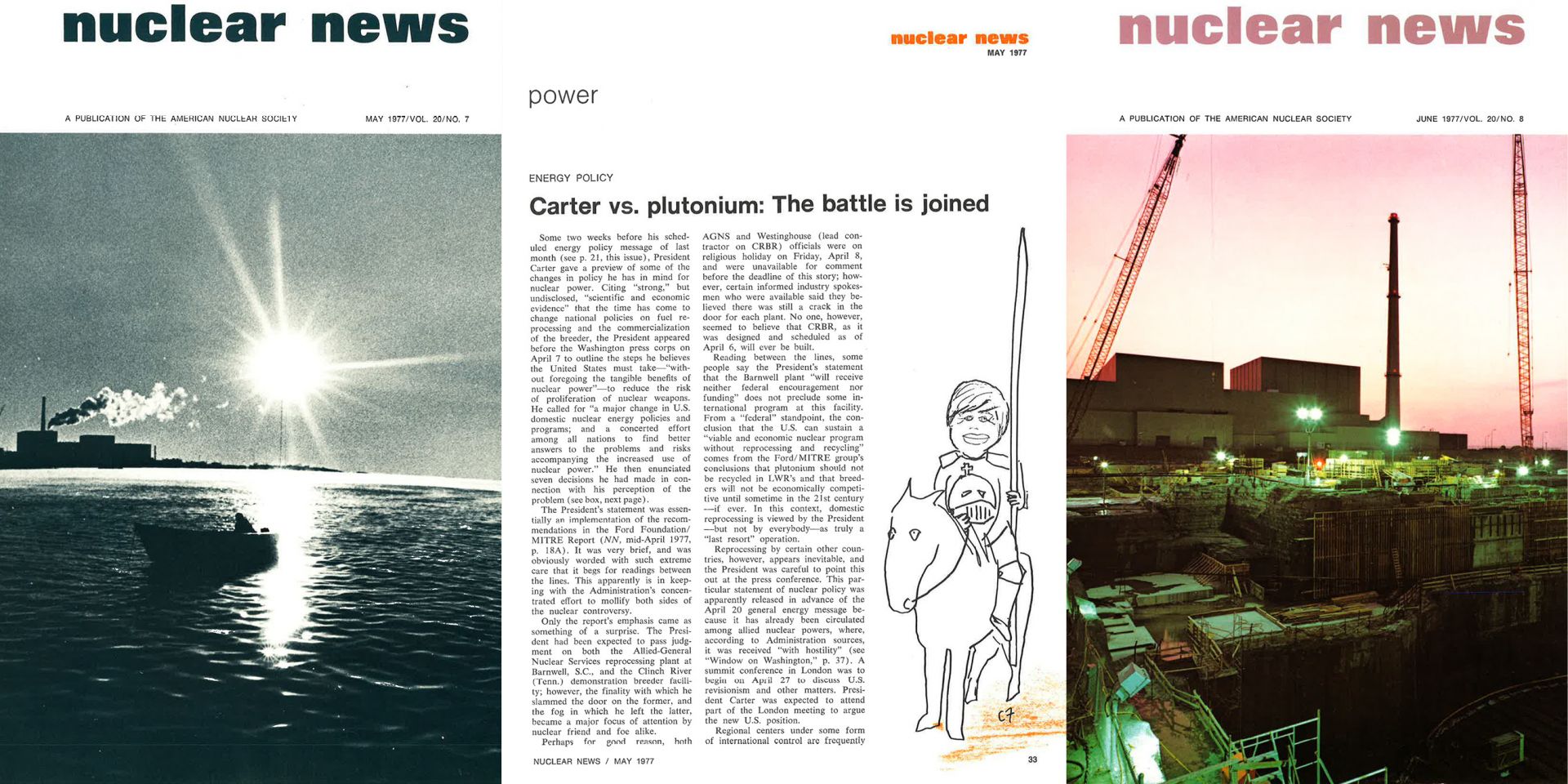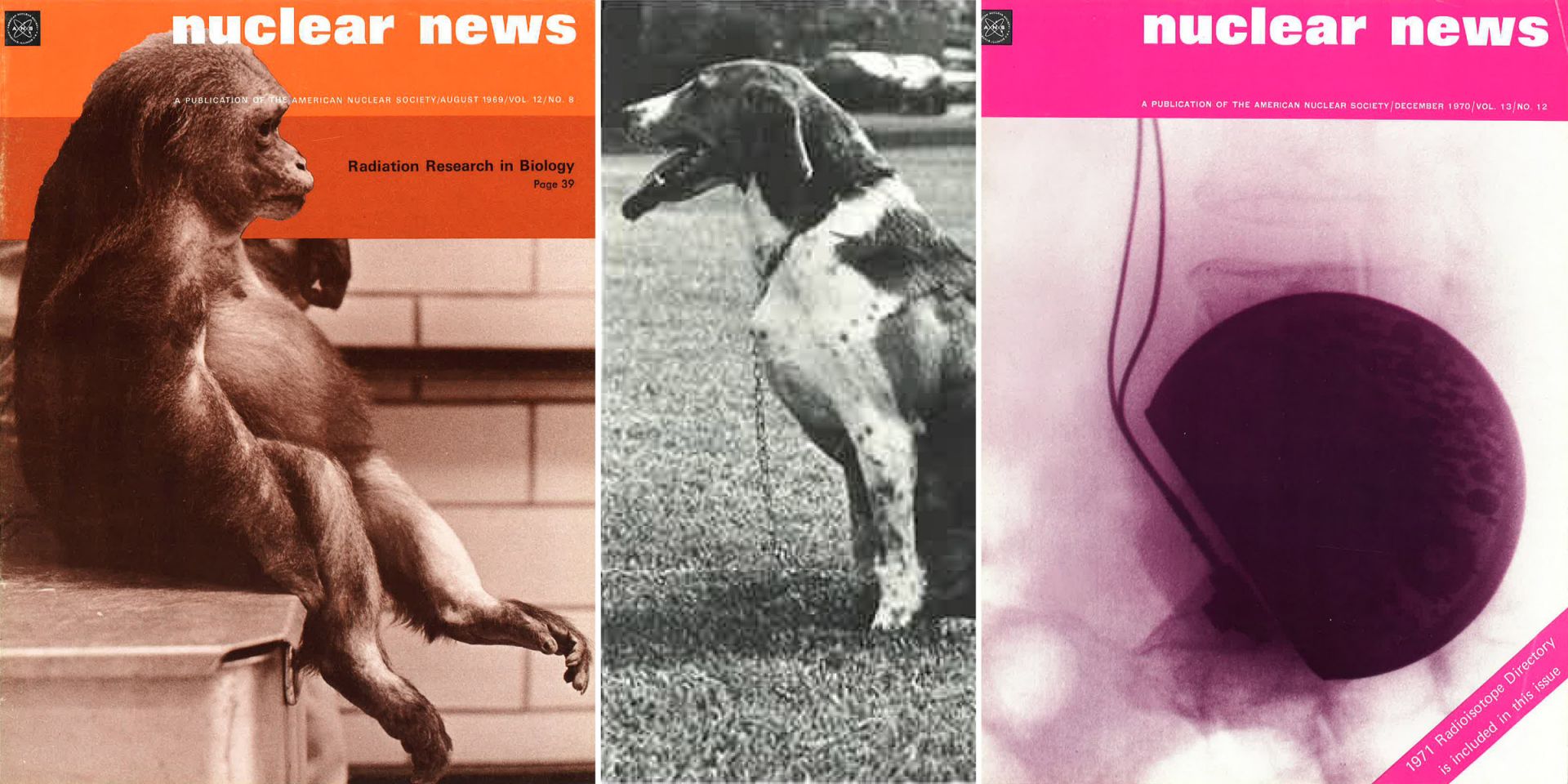From left, the cover of the December 1962 issue of NN, featuring a model and a medal, both displayed at the 1962 ANS Winter Meeting; a photo of CP-1 during construction, as published in the November 1992 issue of NN; the opening page of a chronological account of CP-1, published in November 1992 to mark the 50th anniversary.
As we approach the 80th anniversary of controlled nuclear fission, Nuclear Newswire is prepared to deliver not one but three #ThrowbackThursday posts of CP-1 highlights unearthed from past issues of Nuclear News.
ANS was founded in 1954, nearly 12 years after the first controlled nuclear chain reaction was achieved on December 2, 1942, inside a pile of graphite and uranium assembled on a squash court at the University of Chicago’s Stagg Field. By 1962, ANS was prepared to “salute the 20th anniversary of the first chain reaction” at their Winter Meeting, displaying a model of Chicago Pile-1 and presenting a specially cast medal to Walter Zinn, a representative of Enrico Fermi’s scientific team. Over the years, ANS has continued to mark significant anniversaries of CP-1 at national meetings and in NN.
G. Robert Keepin, of Los Alamos Scientific Laboratory, author of a three-part feature on the IAEA published in Nuclear News in January, February, and March of 1966; the cover of the January 1966 issue, featuring the IAEA’s first headquarters in the Grand Hotel of Vienna, Austria; and a February 1966 IAEA photo of remote handling of radioisotope standard sources at the Seibersdorf laboratory.
A groundbreaking ceremony held last week at the International Atomic Energy Agency’s laboratories in Seibersdorf, Austria, marked the start of construction on a nuclear applications building that will host three state-of-the-art laboratories: Plant Breeding and Genetics, Terrestrial Environment and Radiochemistry, and Nuclear Science and Instrumentation.It was a significant achievement for the second phase of the Renovation of the Nuclear Applications Laboratories initiative, known as ReNuAL2—and a fitting way to observe the 60th anniversary of the nuclear applications laboratories at Seibersdorf, about an hour’s drive south the IAEA’s headquarters in Vienna. For Nuclear Newswire, it was all the reason we needed to dig into the Nuclear News archives and explore the bygone days of research at the IAEA.
Cover of the April 1962 issue of Nuclear News (left), ATR core diagram appearing in October 1969 issue of Nuclear News (center), and cover of the October 1969 issue of Nuclear News (right).
The Department of Energy and Idaho National Laboratory announced this week that the sixth major core overhaul of the Advanced Test Reactor (ATR) is complete, after an 11-month outage that began in April 2021. The ATR was built as a key piece of mission support for U.S. Navy programs and first reached full power in 1969. Today it remains “the world’s largest, most powerful and flexible materials test reactor,” in the words of INL—quite a feat for a reactor that was planned over 60 years ago.
The Fukushima Daiichi site before the accident.
Today’s #ThrowbackThursday post looks back at some of Nuclear News’s reporting on the Fukushima Daiichi accident, which was initiated 11 years ago tomorrow. The news reporting includes the initial coverage of the event from the pages of Nuclear News in April 2011 and the in-depth coverage of the 2011 ANS Annual Meeting, where special sessions focused on the accident.
Spent fuel in dry storage at the decommissioned Zion site in Illinois awaits a permanent home. (Photo: EnergySolutions)
The deadline for submitting comments on the Department of Energy’s request for information on using a consent-based approach to siting federal facilities for the interim storage of spent nuclear fuel is Friday, March 4.
An advanced nuclear reactor technology park is hoped for the 935-acre Clinch River site. Image: TVA
Last week’s announcement from the Tennessee Valley Authority about its “New Nuclear Program,” which outlines the potential development of the Clinch River site near Oak Ridge National Laboratory in Eastern Tennessee, is the catalyst for this week’s #ThrowbackThursday post. The Clinch River site was originally planned to be the location for the Clinch River Breeder Reactor, a project that, at the time, was meant to be the future of the nuclear industry in the United States.
The cover of the May 1977 issue of Nuclear News (left), an image of the story discussing Carter's decision to cancel the breeder reactor program (center) and the cover of the June 1977 Nuclear News (right).
The ANS Fuel Cycle and Waste Management Division will present a webinar today at noon EST (the recording will be available via the webinar archive to all ANS members) featuring an international panel of experts on nuclear waste reprocessing. The panel will explore the idea of separating certain radionuclides from waste using recycling technology that enables pure materials to be used for other purposes.
The cover of the August 1969 issue of Nuclear News (left), an image of Brunhilde, the dog that had the first nuclear-powered pacemaker in the U.S. (center) and the cover of the December 1970 Nuclear News (right).
In this first installment of a #ThrowbackThursday post, Nuclear News provides a review of radioisotope-powered pacemakers in response to an article in The Wall Street Journal. The article, published earlier this week, looks at the issue of disposing of nuclear-powered pacemakers, although considering how few are still in use today, it seems like this is really much ado about nothing.



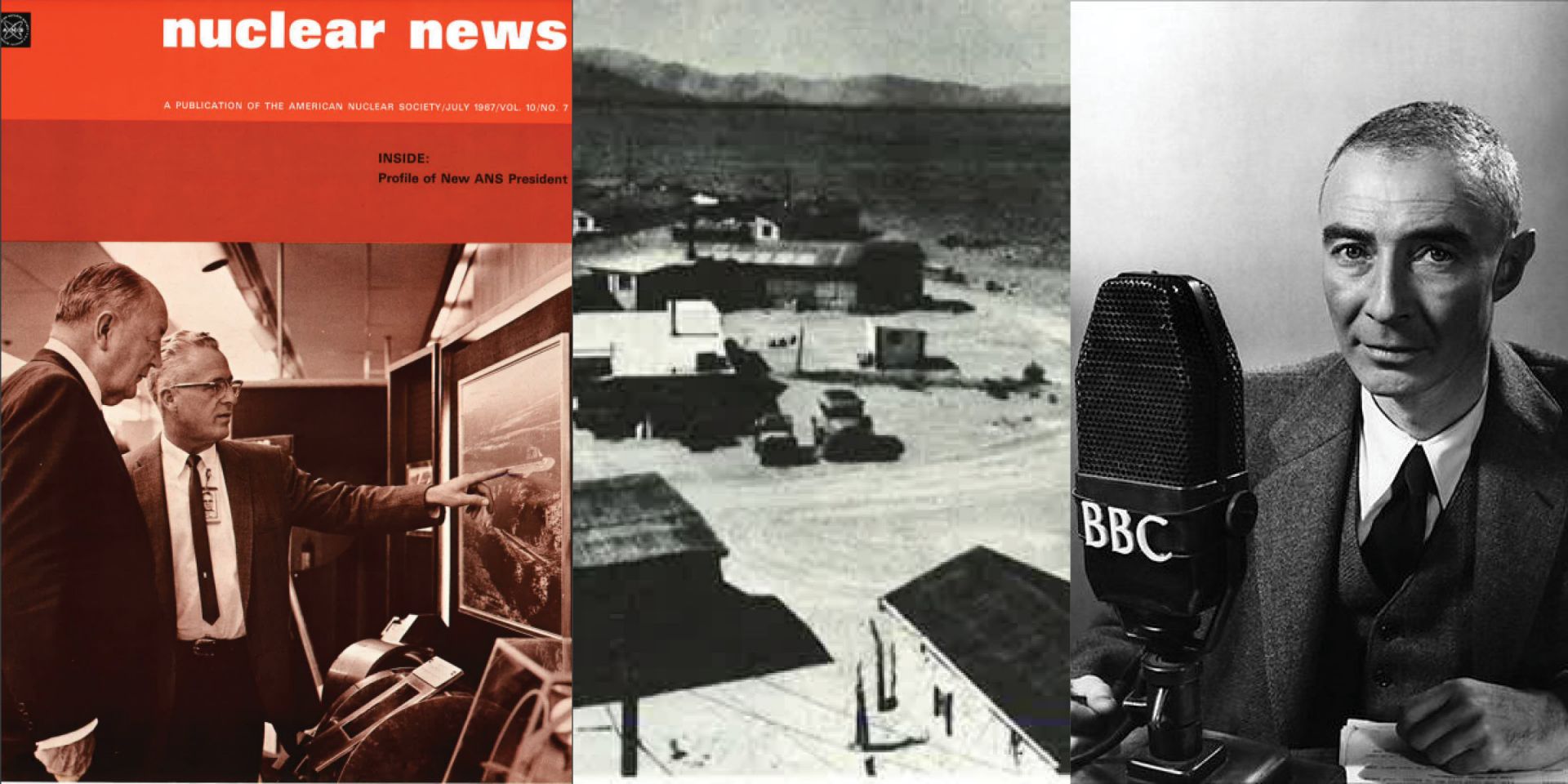
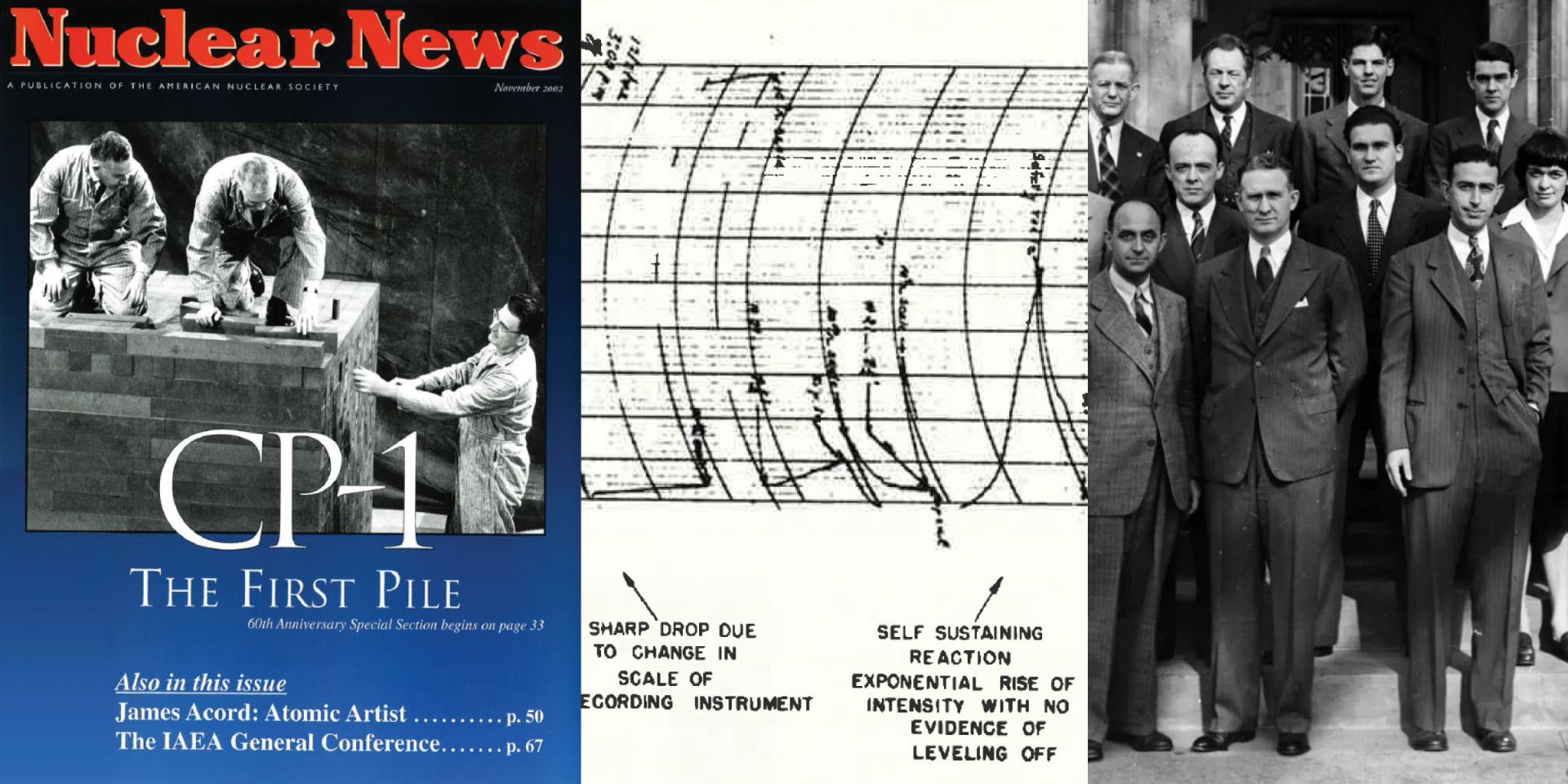
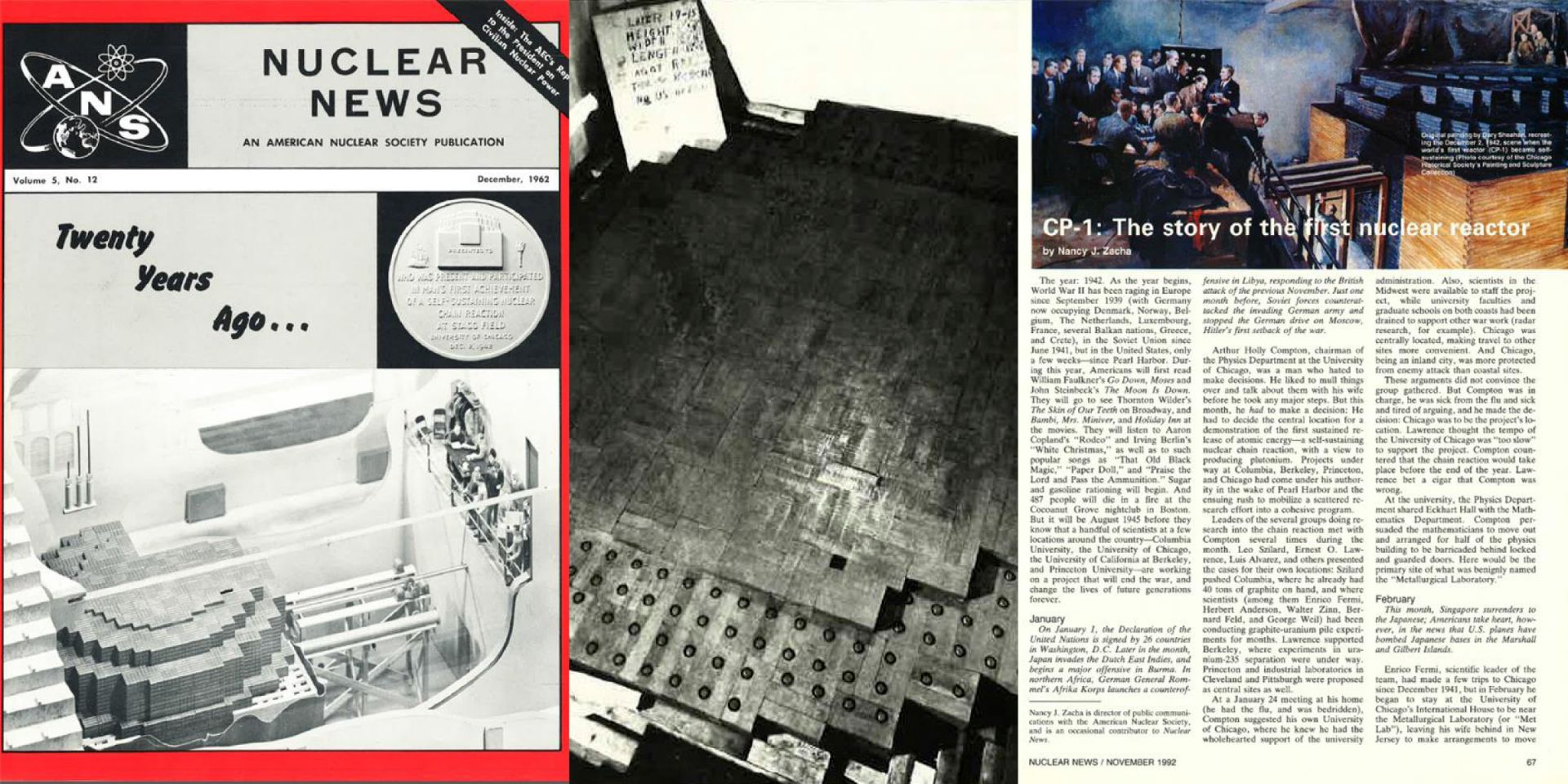
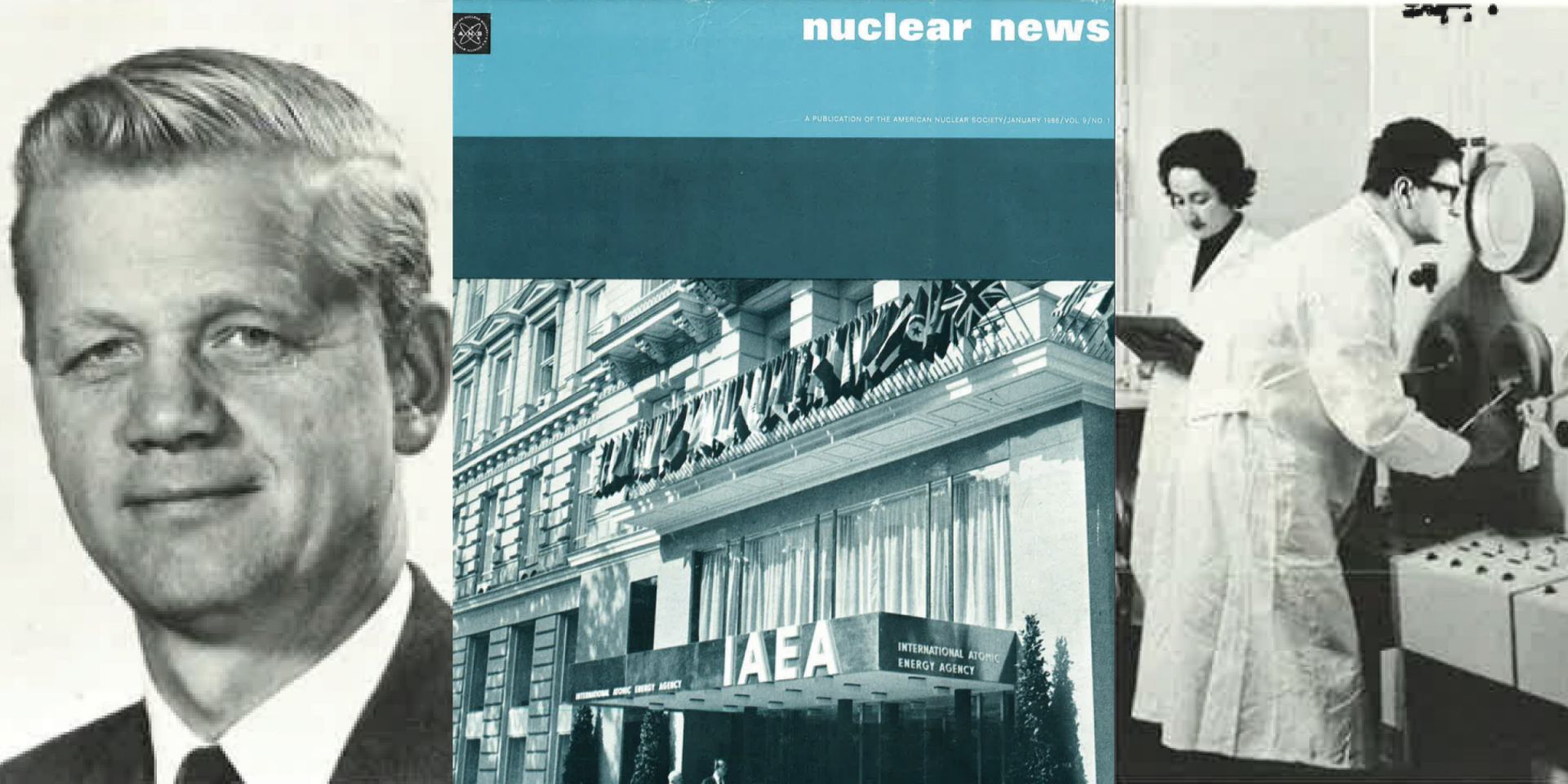
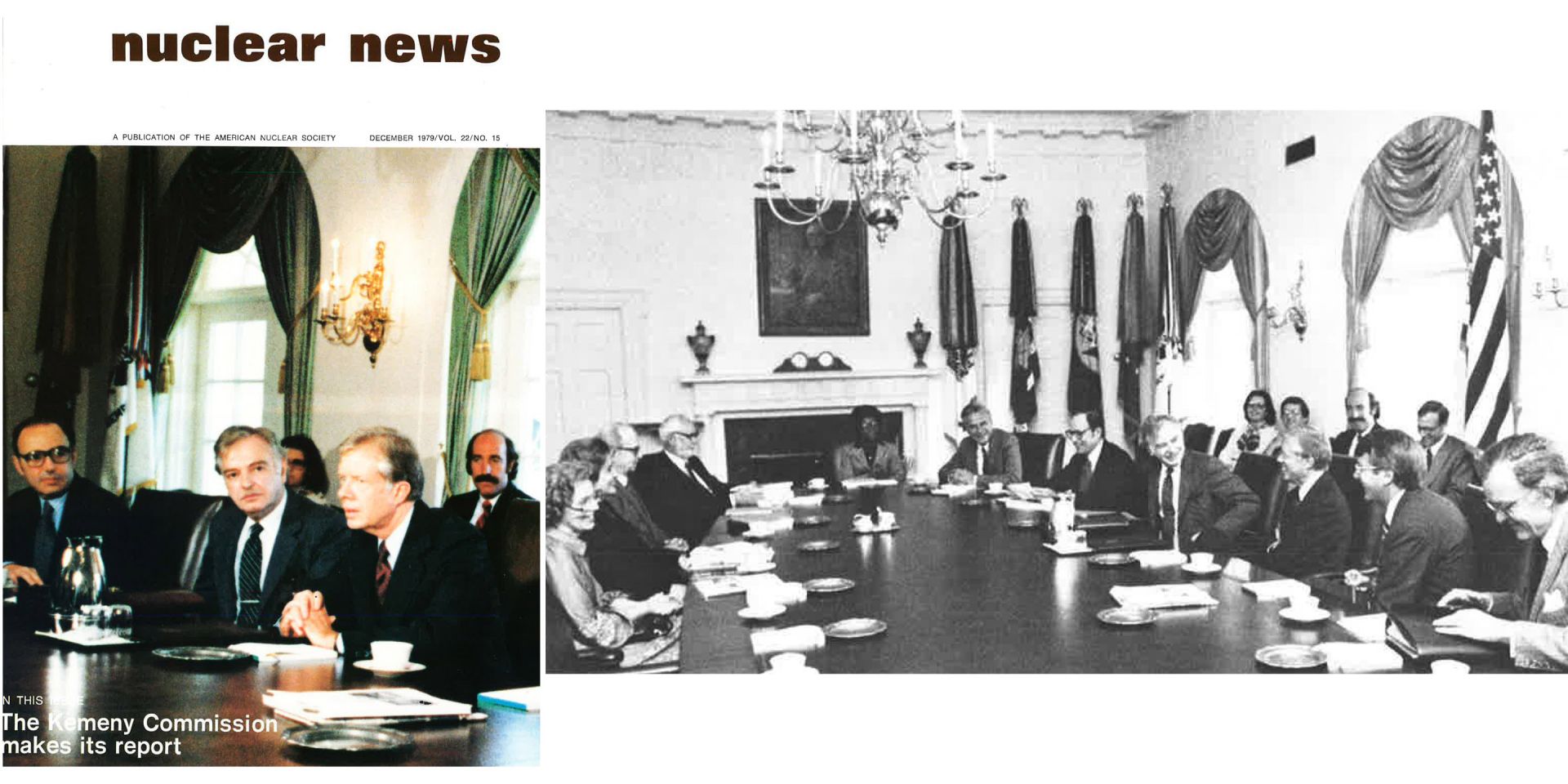
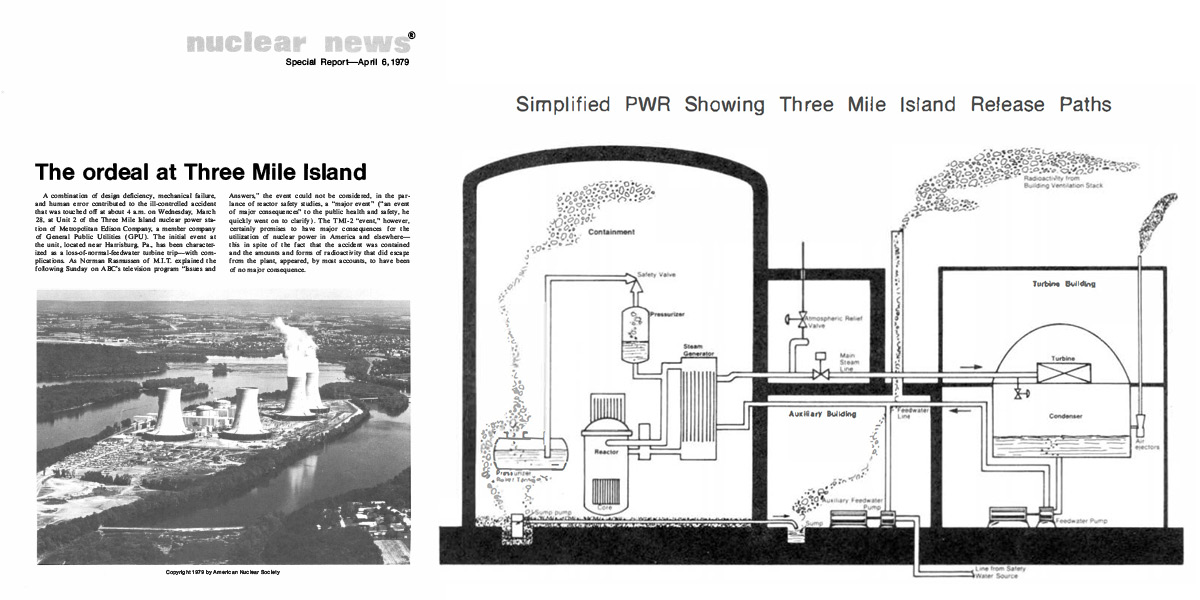
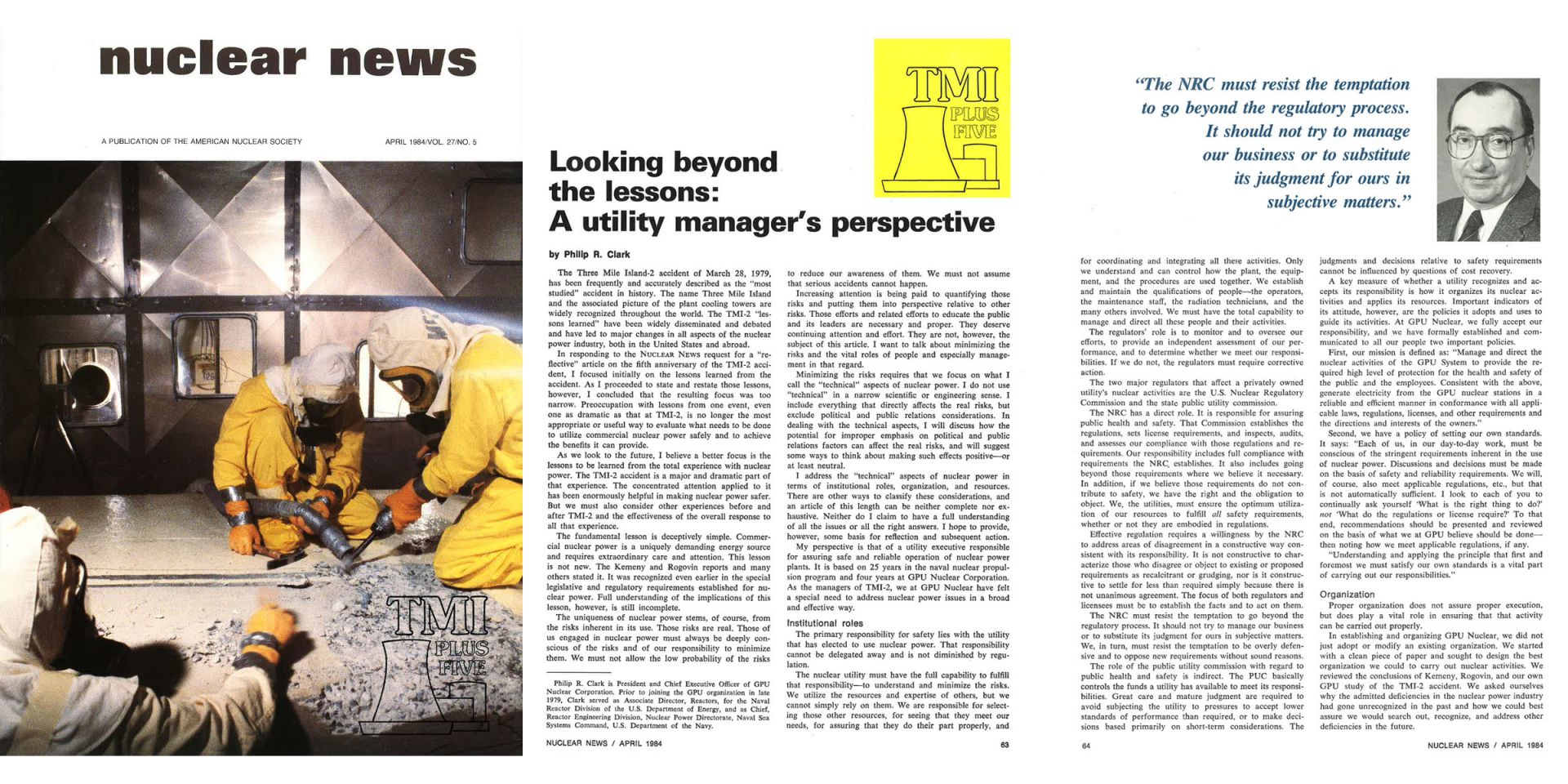
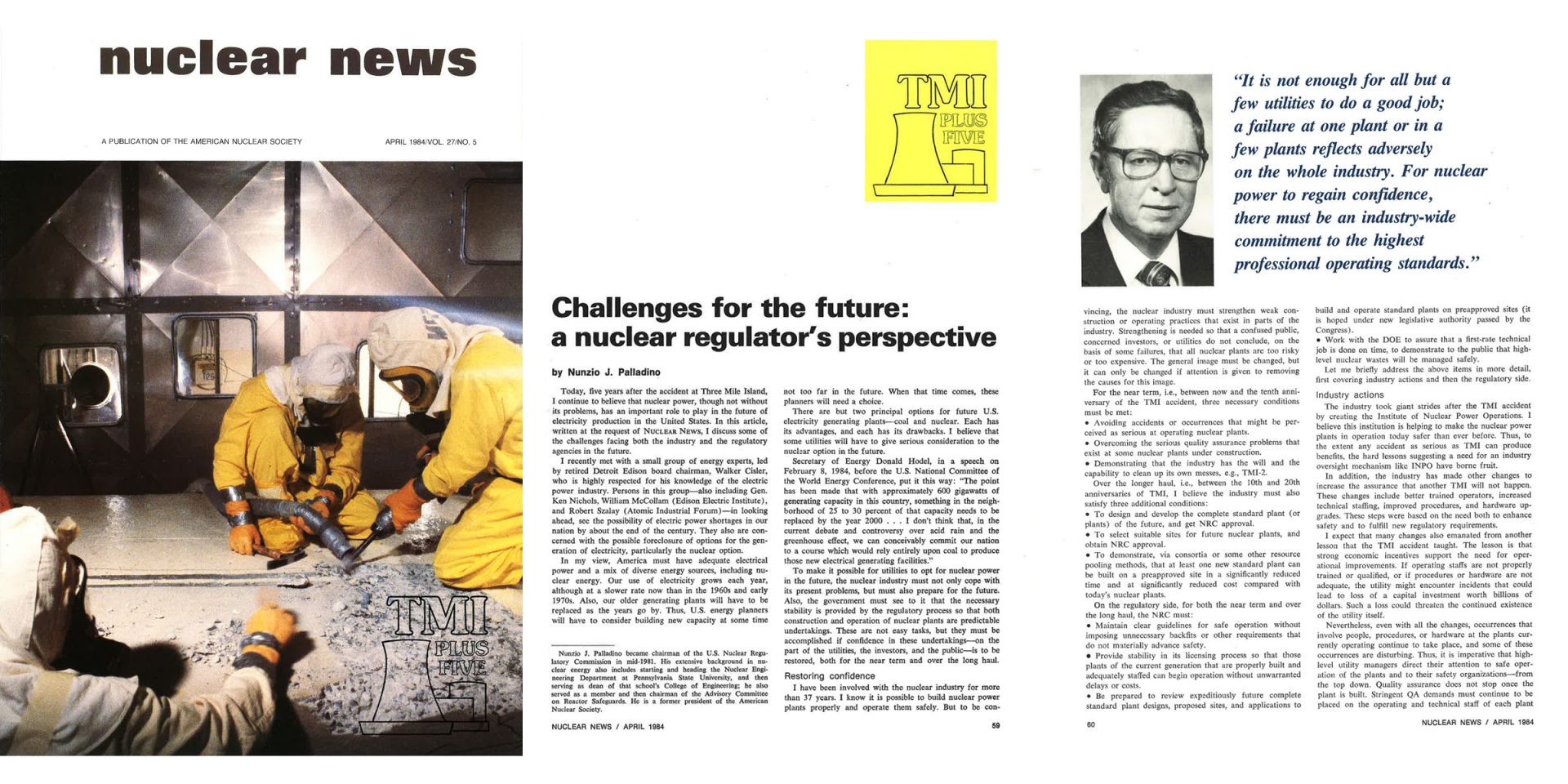
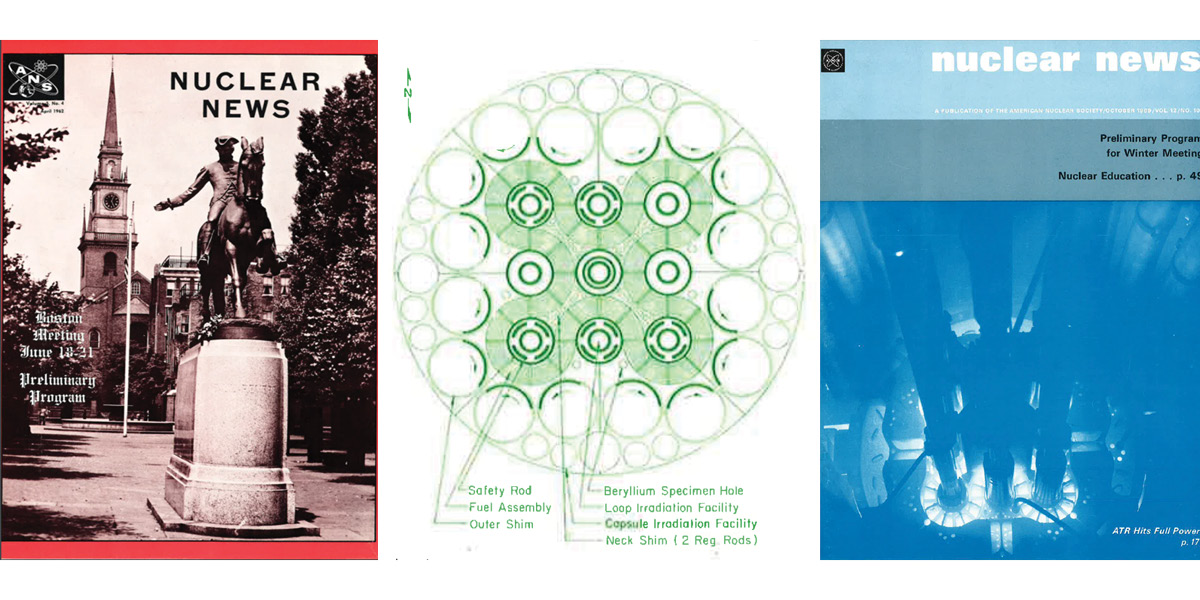
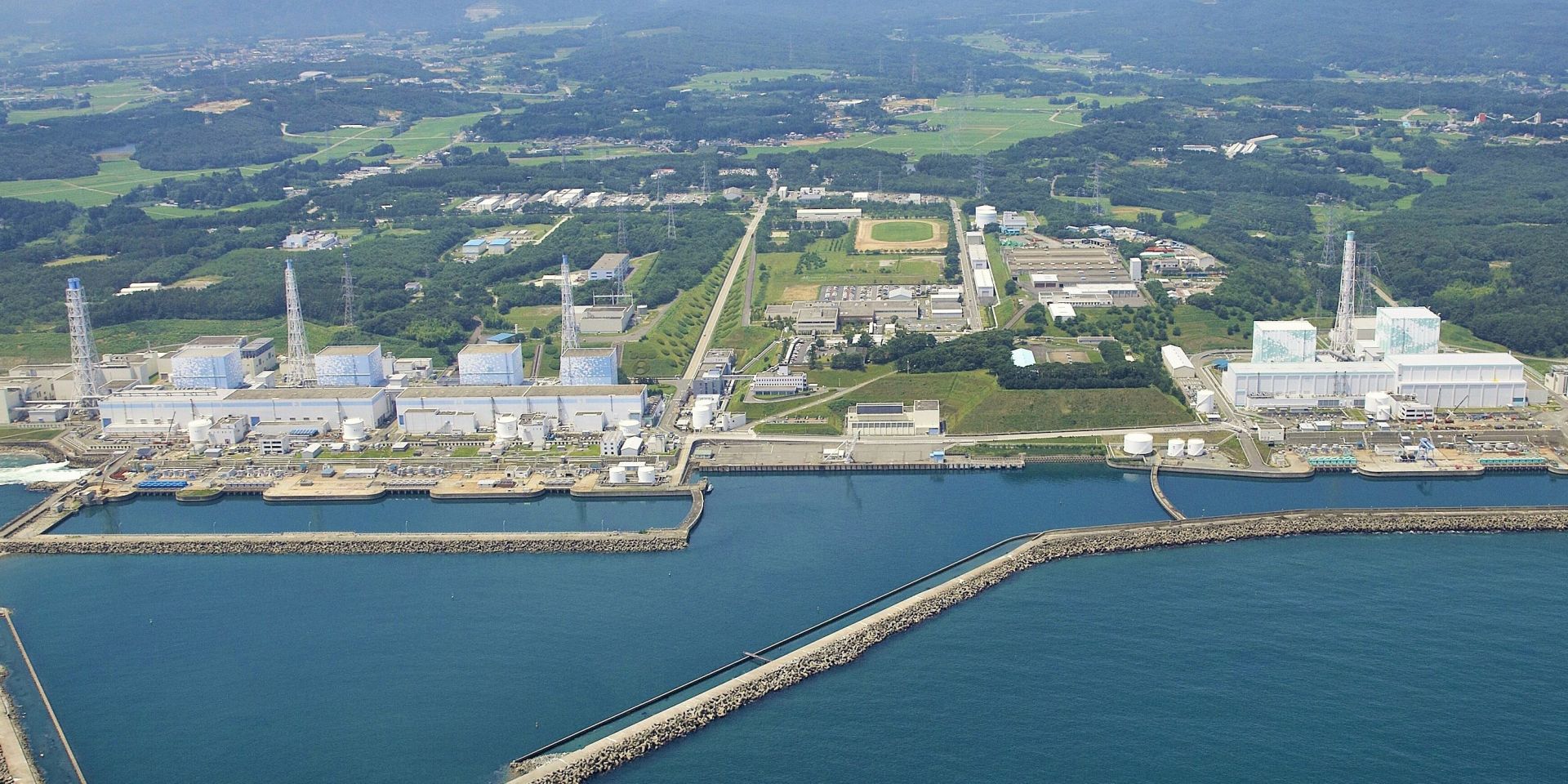
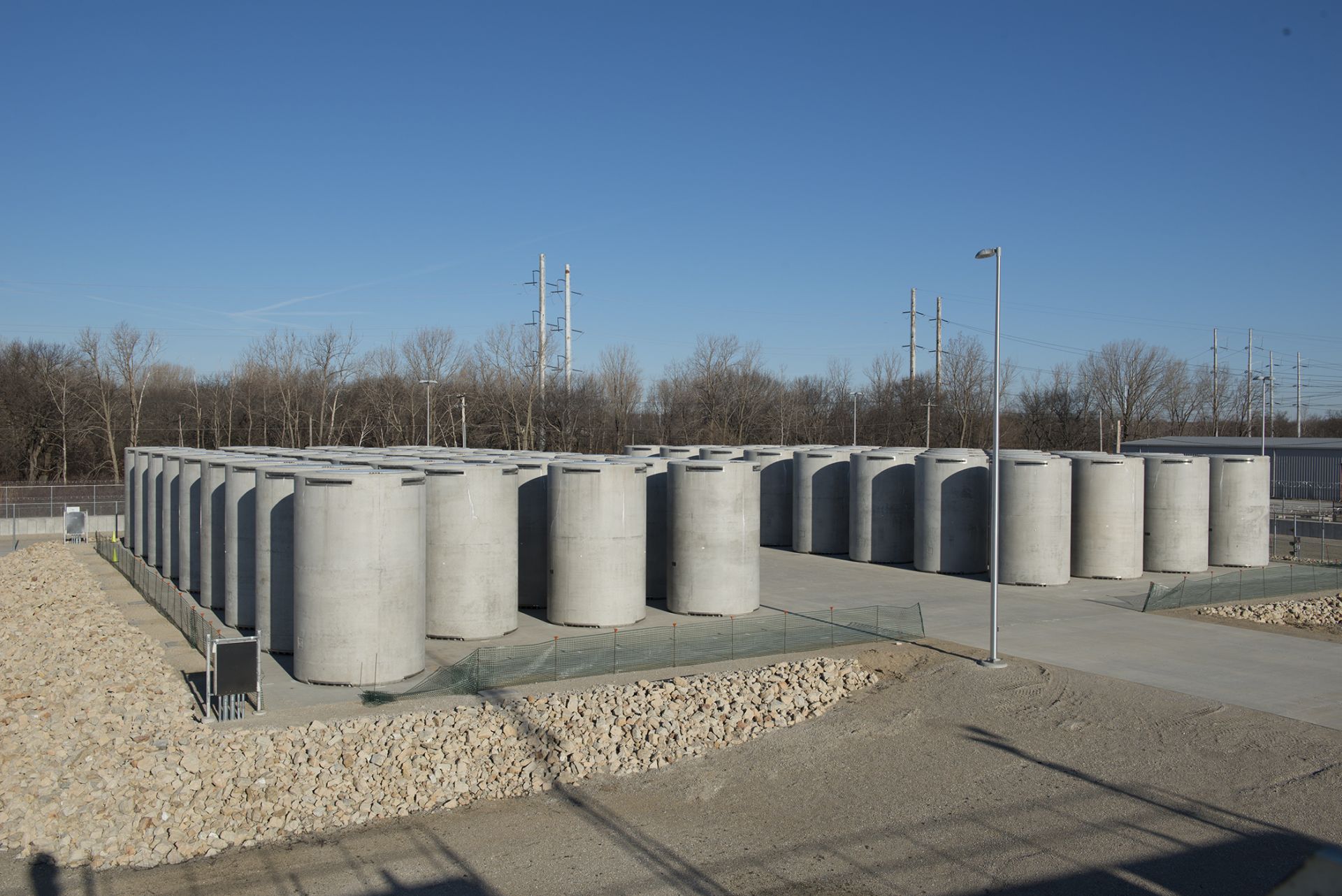
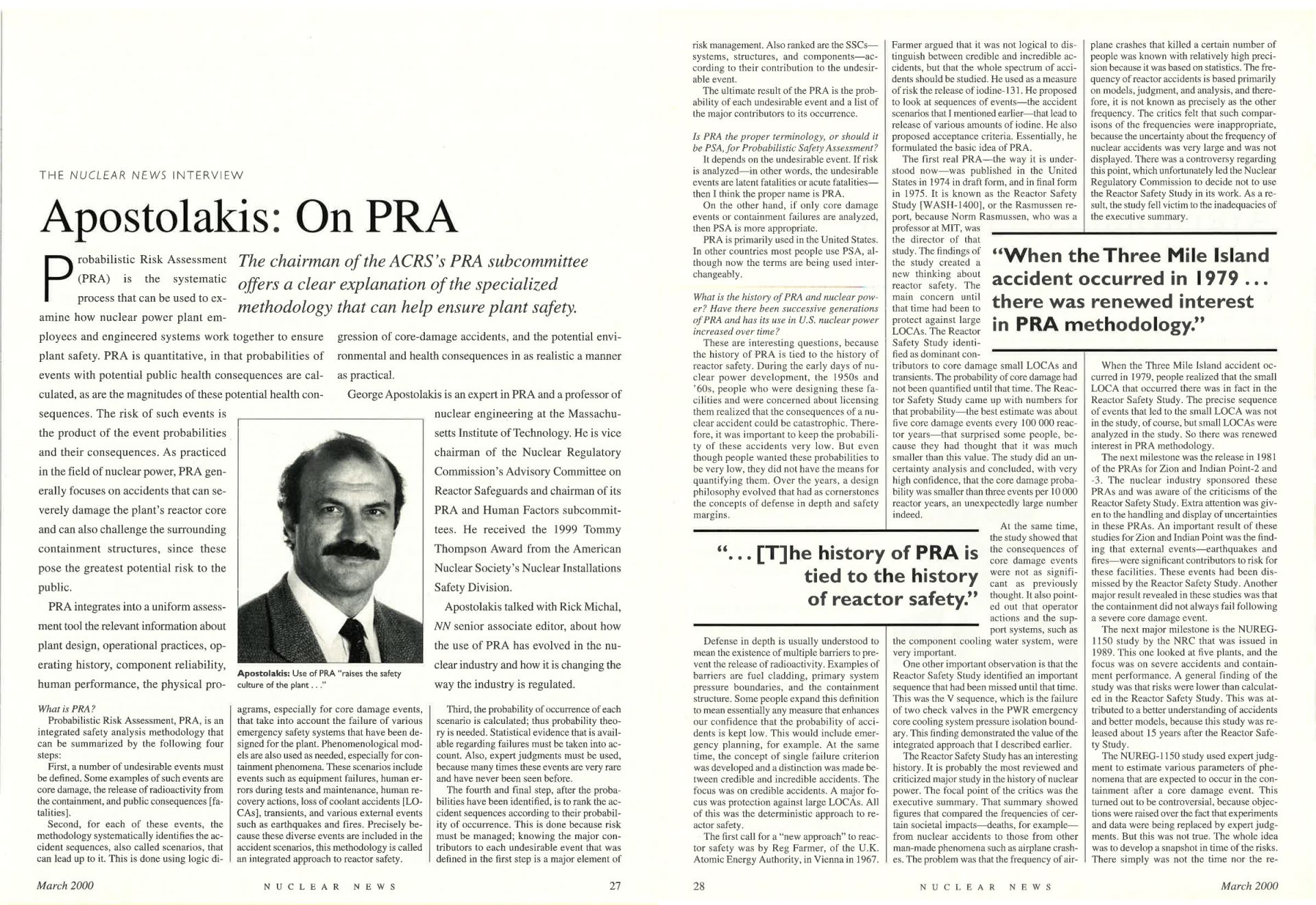 An
An 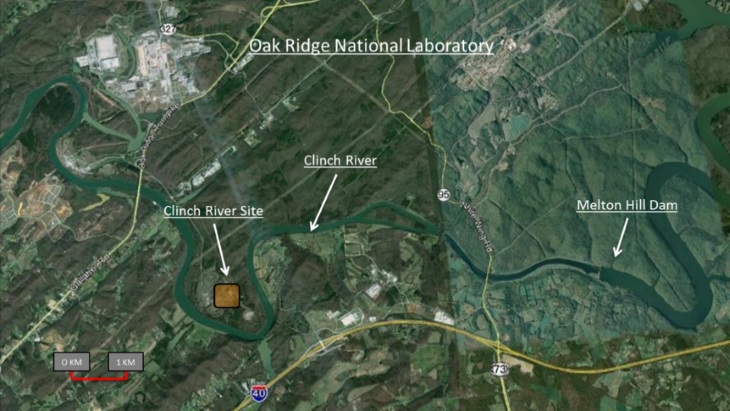.jpg)
 Today’s #ThrowbackThursday post looks at the initial debate surrounding the conversion of research reactor fuel from high-enriched uranium to low-enriched uranium. An article published in the
Today’s #ThrowbackThursday post looks at the initial debate surrounding the conversion of research reactor fuel from high-enriched uranium to low-enriched uranium. An article published in the 